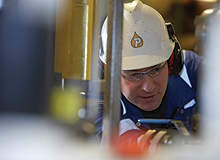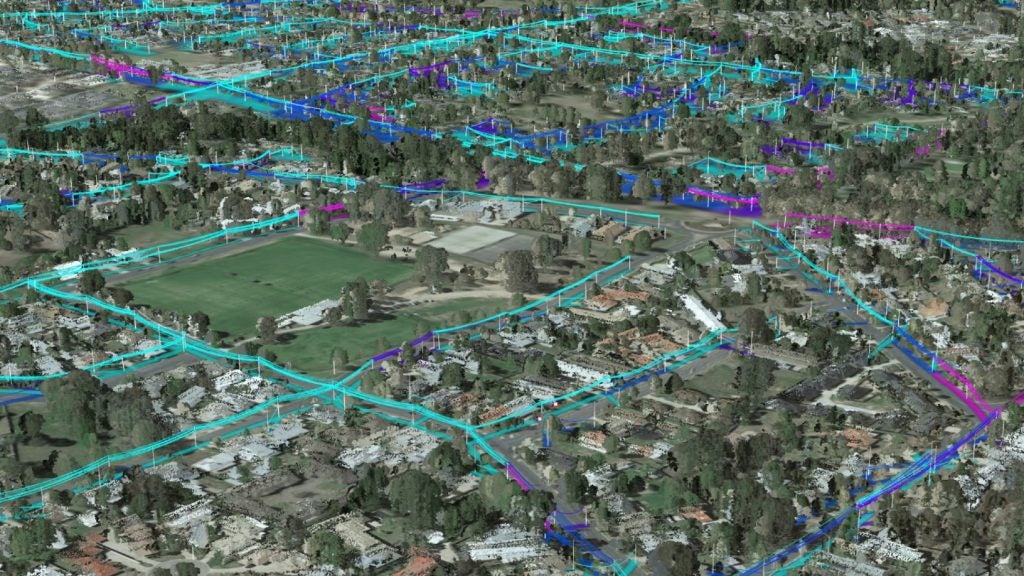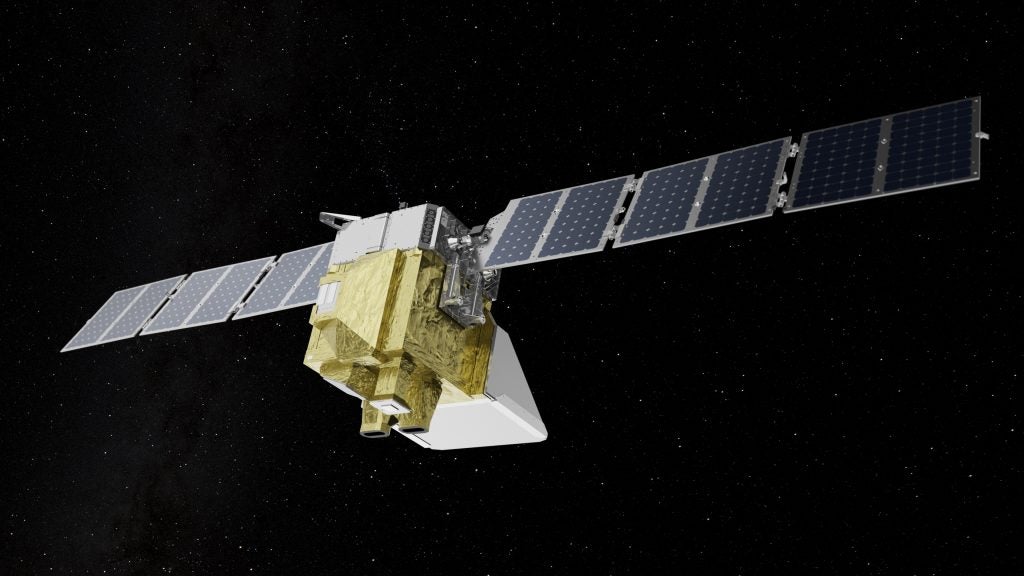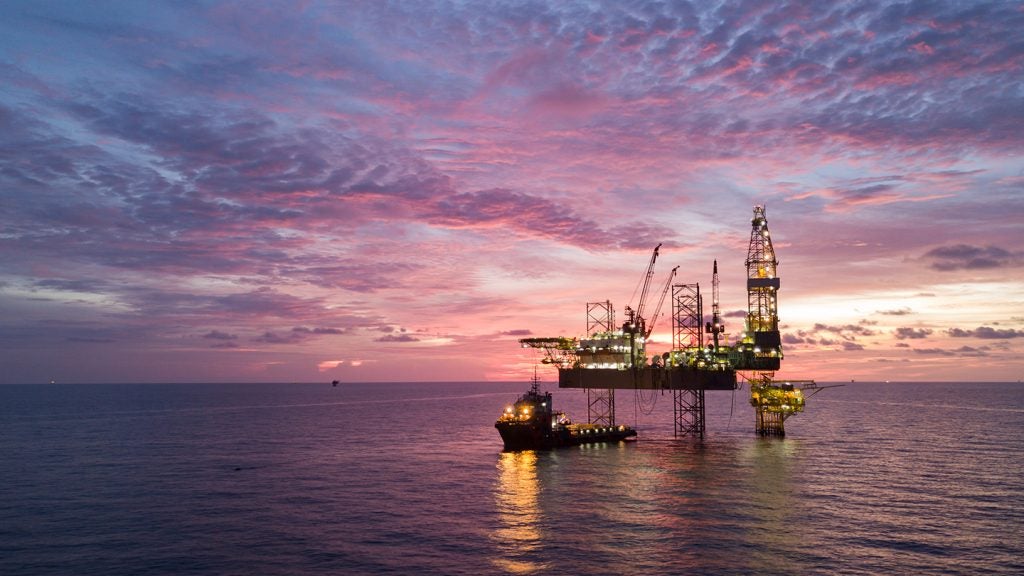
As oil and gas producers move into deepwater and ultra-deepwater fields they are finding that fixed platforms are no longer suitable for their operations. Floating production is the best solution to overcome these issues, and is likely to increase as traditional reserves in shallow waters reach maturity.
Mark Brierley: Are you seeing an increase in activity in the FPSO market as exploration and production moves into deeper waters?
Maarten van Aller: After the surge in FPSO activity between 2005 and 2008 it has been relatively quiet in the FPSO market, with only a few awards in 2009 and 2010. This is more closely linked to global economic dynamics than the shift to deeper water.
In the foreseeable and long-term future, this shift will certainly have a positive impact on the FPSO market. In the first place, it will mean more units are required but, as ultra-deepwater fields and related facilities carry large investment costs, it will also mean a move to larger and more bespoke FPSO units, with long-term contracts.
That in turn will affect the business cycle because, in the deepwater long-term segment, it is unlikely that units will be available for relocation and may spend their entire life at one field. This scenario may mean a further shift towards oil companies owning FPSOs in the deepwater segment, such as the very large FPSOs on Africa’s large offshore fields such as Kizomba I and II, Girassol and Pazflor.
See Also:
MB: What are the advantages, from an operational point of view, of using floating production over fixed platforms?
How well do you really know your competitors?
Access the most comprehensive Company Profiles on the market, powered by GlobalData. Save hours of research. Gain competitive edge.

Thank you!
Your download email will arrive shortly
Not ready to buy yet? Download a free sample
We are confident about the unique quality of our Company Profiles. However, we want you to make the most beneficial decision for your business, so we offer a free sample that you can download by submitting the below form
By GlobalDataMA: You cannot put a fixed platform in water that is deeper than 300m, so floaters, such as FPSOs and alternatives such as spars, tension-leg platforms and semi-submersibles, are essential for the development of deepwater fields.
In addition, a fixed platform typically cannot be re-located after field depletion and so is custom built for a specific application. As such, only reasonably sized fields can be developed in this way. Relocatable floaters, especially if the residual value risk is borne by a contractor, make development of marginal fields possible. Moreover, the FPSO offshore installation costs and the decommissioning costs of the facility are minimal when offset against comparable platform costs.
MB: What are the challenges?
MA: For the large FPSO players, the market is turning more into a business that finances, designs, builds and operates field-specific units, whereas previously, FPSOs were lower cost, simpler units, on short-lease contracts with the advantage of redevelopment after the first contract. The impact on their business model and capacity to generate healthy returns is affected by that change.
MB: Petrofac currently operates floating production facilities in several countries; are there plans to expand this?
MA: Yes. In 2009 we acquired the FPF1 floating production facility and we are continually reviewing deployment opportunities in the UK and internationally. This is an emerging market for us and we are very excited about the opportunities ahead.
MB: You are now considering where to deploy the FPF1; what might the likely destinations for this facility be?
MA: Areas in the North Sea and a few prospects in Asia are being developed. There are specific prospects where storage is not required, and this is where the FPF1 can deliver outstanding value.
MB: How do you see the use of FPSOs developing? Are they likely to become a larger part of your business?
MA: Petrofac’s business model encompasses co-investment in a field’s development, potentially extending to ownership of the production infrastructure. Petrofac is able to leverage its broad capability to ensure that the design and execution of the development is focused on delivering value.
We can readily access, modify and deploy production infrastructure and, alongside our ability to co-invest in a development for alignment, we can add significant value to the inherent development opportunity, while advancing the schedule, reducing cost and removing uncertainty. As a result there will be many attractive opportunities for further investment.







